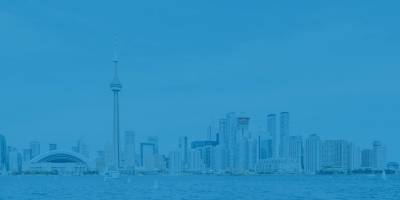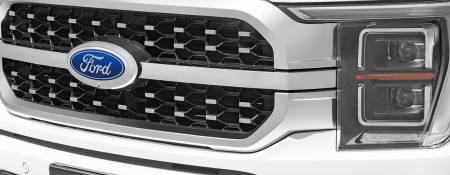Parking in Montreal is complicated... very complicated. After a few years, you get used to it and understand how signs work, but today I'll try to make it as clear as possible, at least from my own perspective. I'll give it a shot, but it is definitely worth to try to explain how Street Parking works in Montreal.
Things You Need to Know
Montreal is a city full of students, newcomers, tourists and, of course, the people who live here. While, on average, the streets are wide enough, parking in Downtown, Old Port, and nearest areas may be not that easy, it is normal to find a spot after 10 - 20 minutes on rush days. But still, there are a few details you need to be aware of:
- Signs are in French: It is the province official language. Even if you don't know it, you need to understand what the sign means.
- Street Residents have a Parking Permit: People who live around, have a unique sticker (vignette) that allows them to park when their area is popular for other reasons (businesses, bars, tourism...).
- Parking Limitations are Seasonal too: Every side of the street gets cleaned once a week, usually not the same day. This allows people to move one side to the other one. But this is only from April 1st to Dec 1st, when snow isn't expected. During "winter season," cleanups are made depending on snow accumulation.
- Parking Limitation Areas are defined between poles: And this is where things get the most confusing at all. So I will dedicate the following section to clarify how the pole signs work.
The Pole Always Indicate the Start Point
As I mentioned before, each time you see a pole with signs, you have to understand that the pole itself is the start point of the sign. Let's see the following example:
On this image, the two poles indicate an area where it is not allowed to park a vehicle. You can temporarily stop there, but not leave your car and walk away.

The area defined by the two poles is the exit driveway of a Hospital. But double check the following image:

The left sign is positioned at the left side of the pole, and the arrow is "coming from the left," while the right sign is positioned on the same side of the pole, but it is "pointing out" to the left. Wouldn't be more clear if the left sign would be on the right side, pointing to the right? Well, that's right, but the left sign is positioned that way because it is more visible to the oncoming traffic.
The fact is that both signs are delimiting an area, but if you only see the left one, you would assume that there is a no parking area that comes all along the way from the left and that you can park before the sign, and that is a mistake.
Poles ALWAYS define the starting point of a limitation, NEVER the endpoint.
Always Understand the Area
As my friends say" "if there is a doubt, there is a ticket." You need to clearly understand the signs. It isn't just seeing the spot and the signs next to it; you need to check the other spots too. Following, a small checklist that will help you substantially reduce the chances of having a parking ticket in Montreal:
- Understand the Sings in the Area: It is enough by just checking what signs define the place where you are.
- Verify it is not a paid spot: Paid stations are located in busy areas, to help control the time cars are parked on these. Paid parking poles clearly visible and usually not isolated, meaning you can find multiple ones and be aware there are paid parking spots. When possible, pay using the App. It has very nice integration with the sings and allowances around the parking places.
- Check Vehicles Next to Yours: If many vehicles have a permit sticker, double check you are not in a place where these are required and also double check the times where these are needed.
- Double Check: Parking tickets are painful, and way more when you thought everything was perfect at the moment you left your vehicle.

























